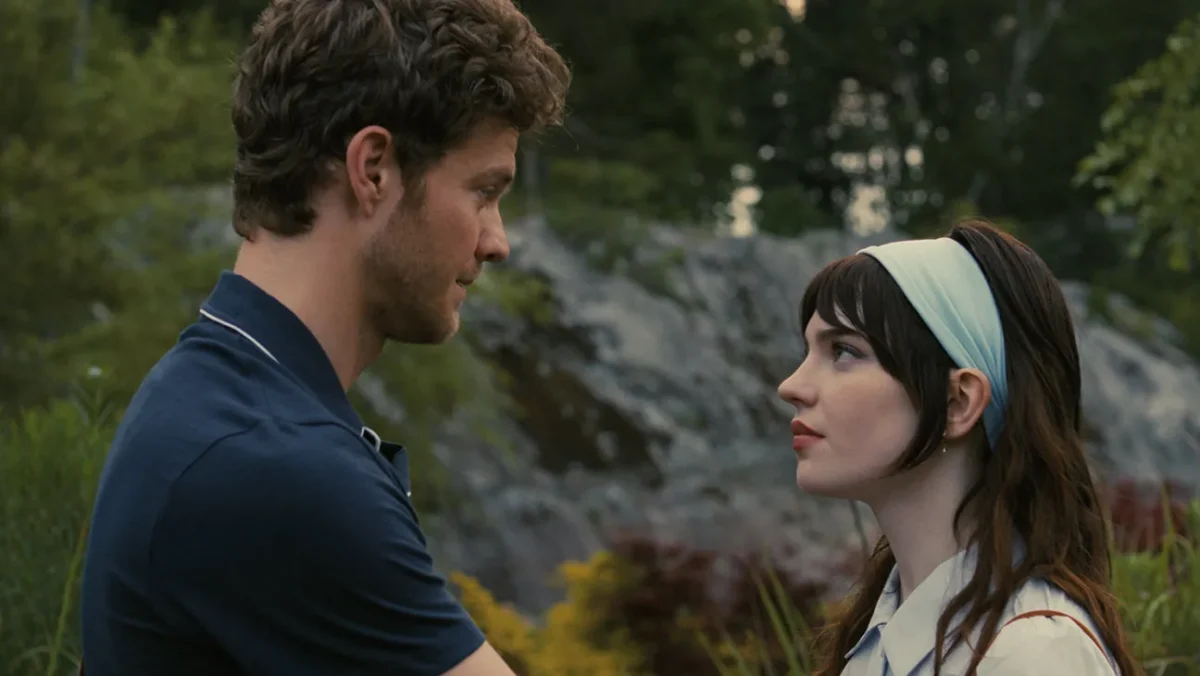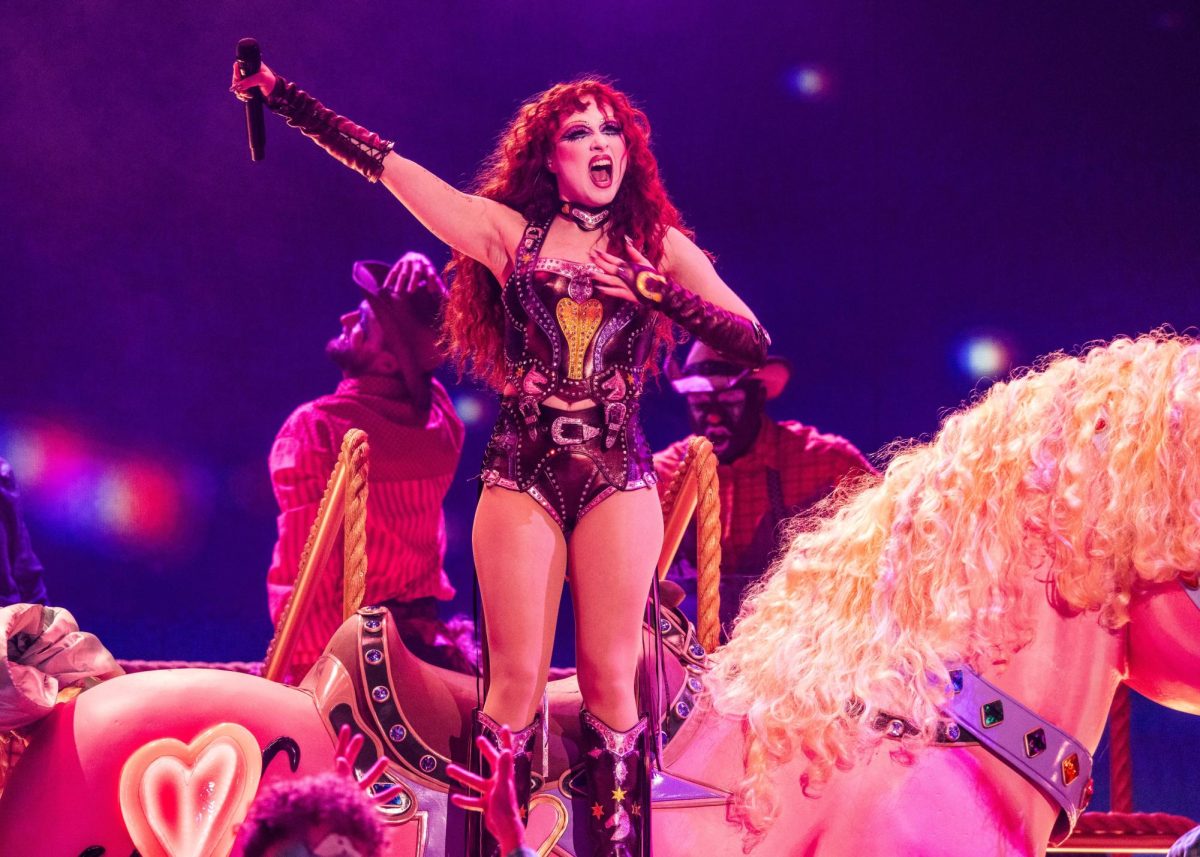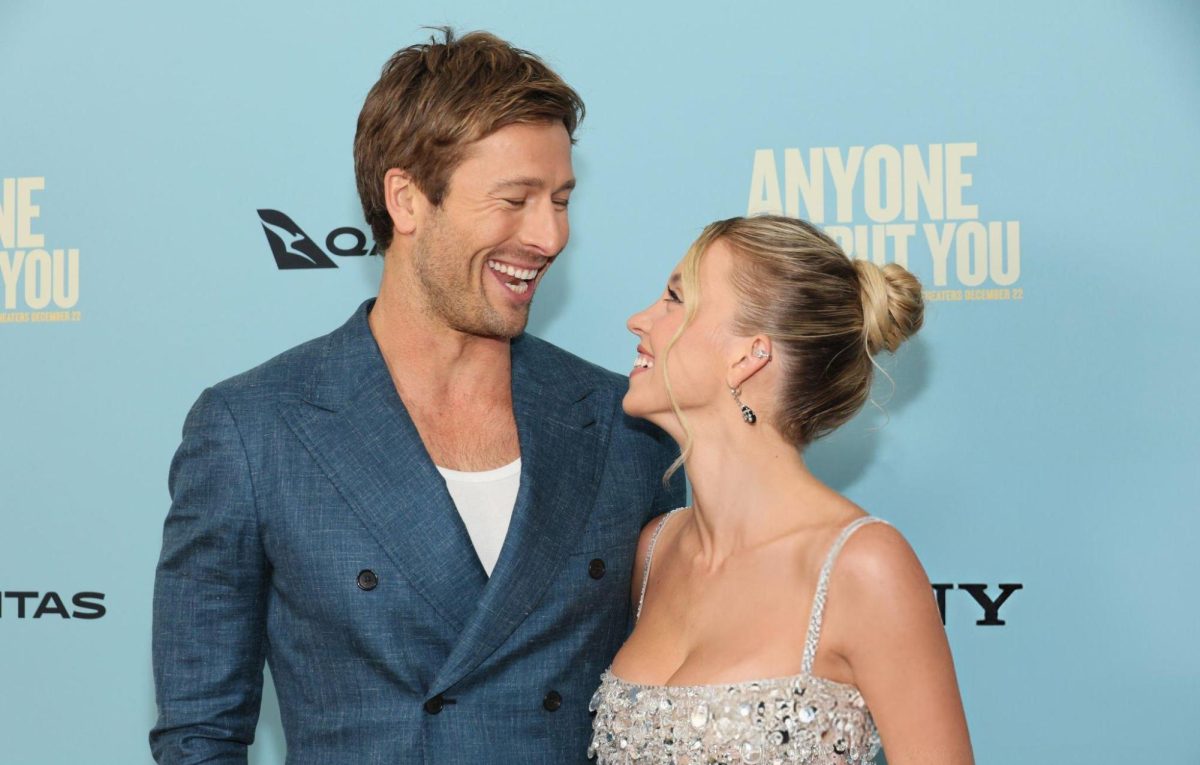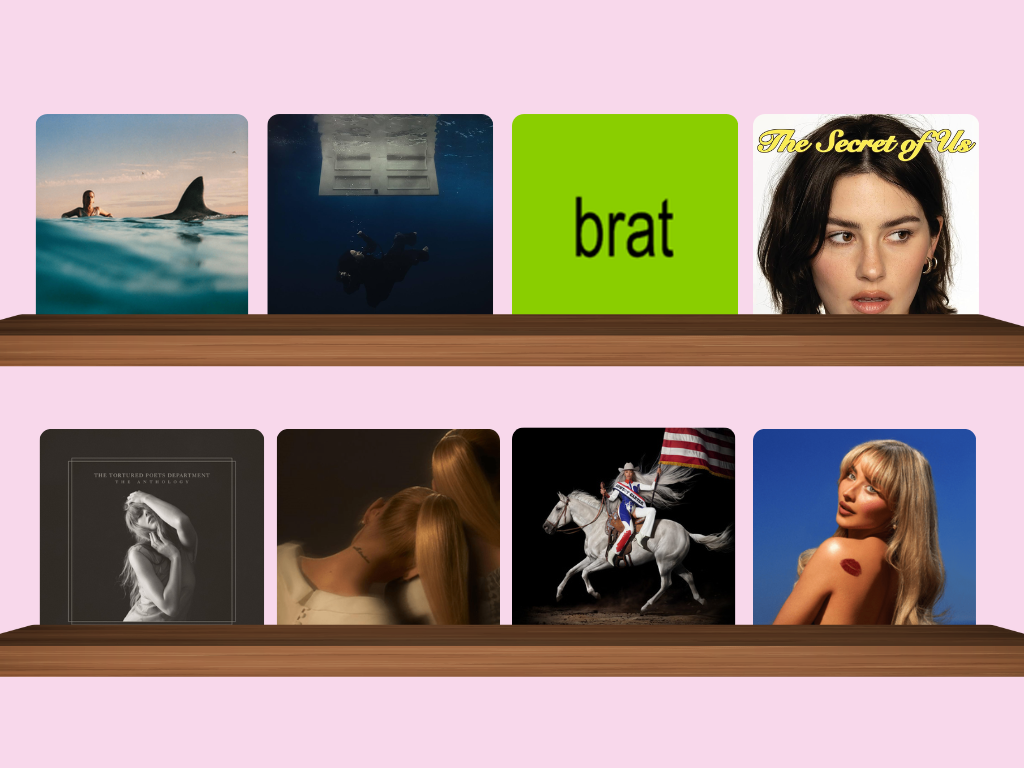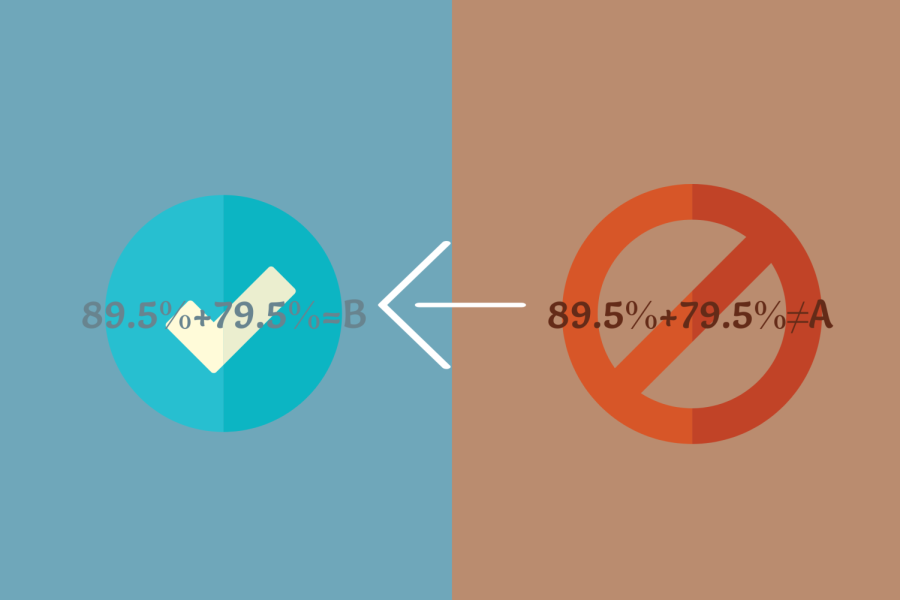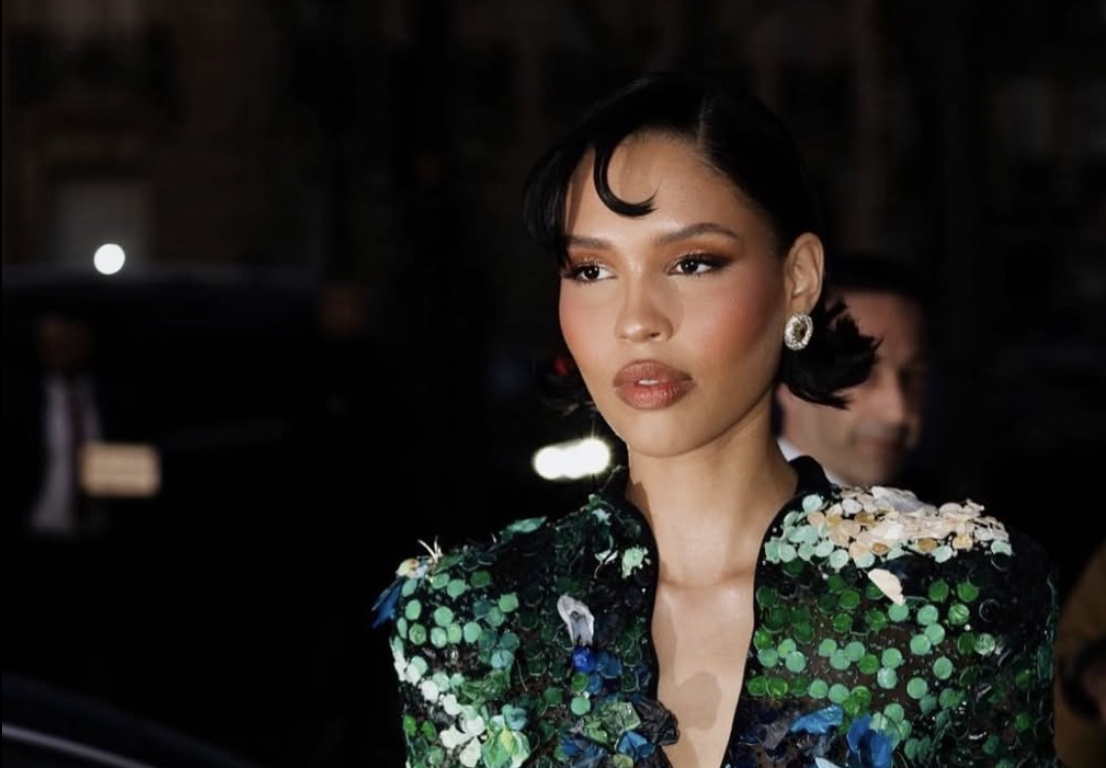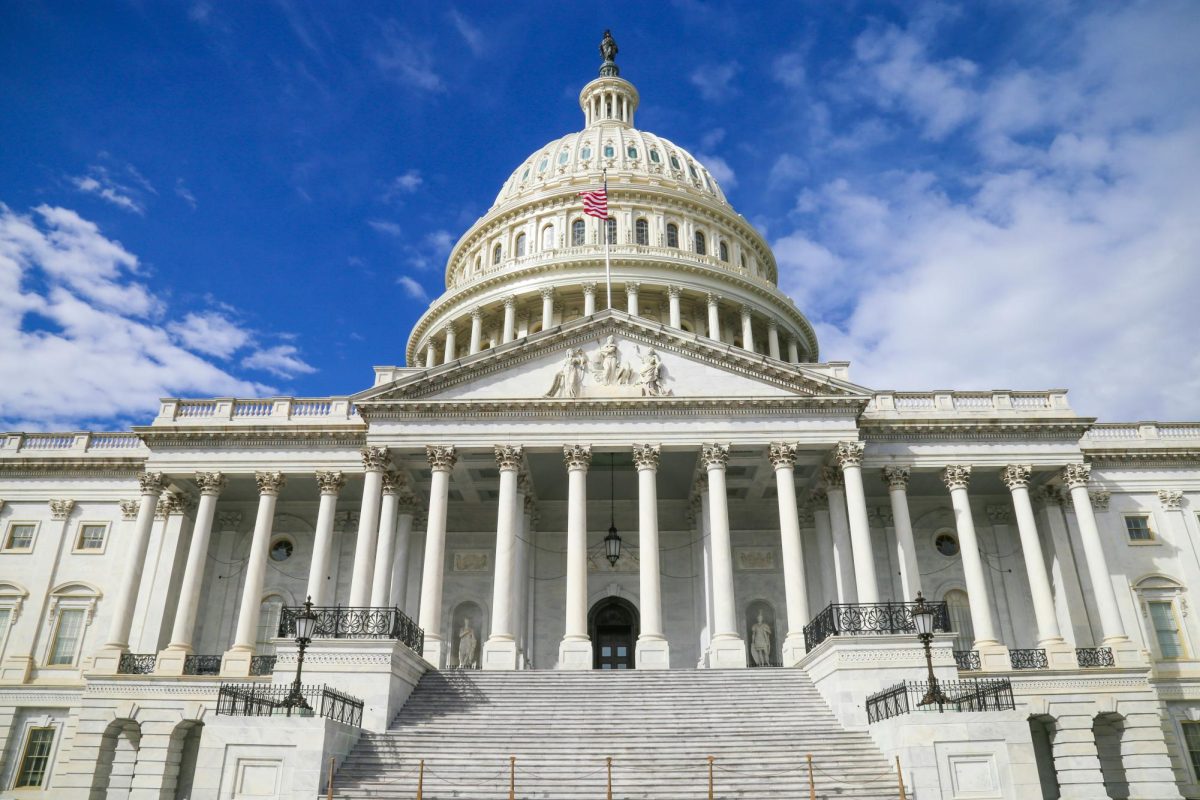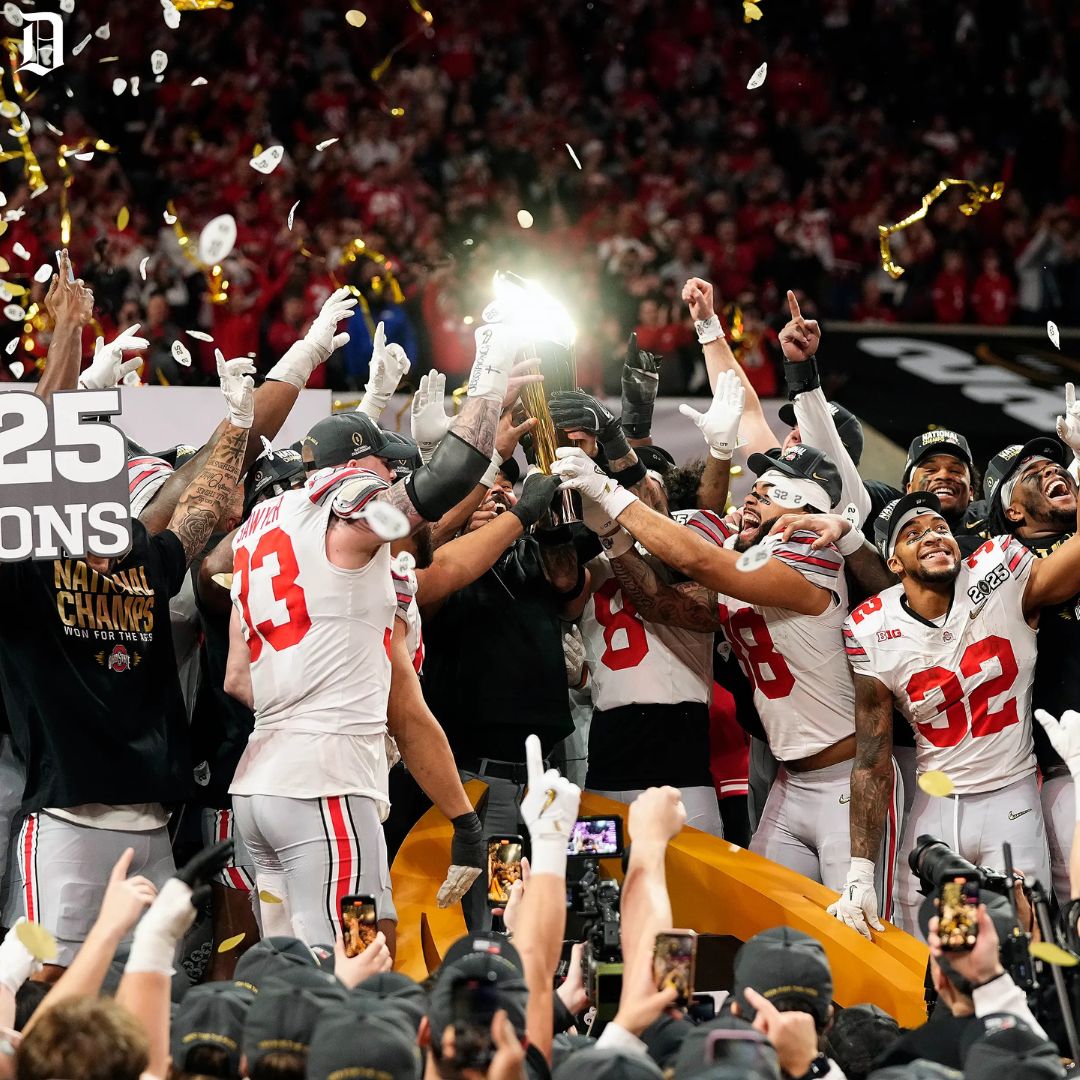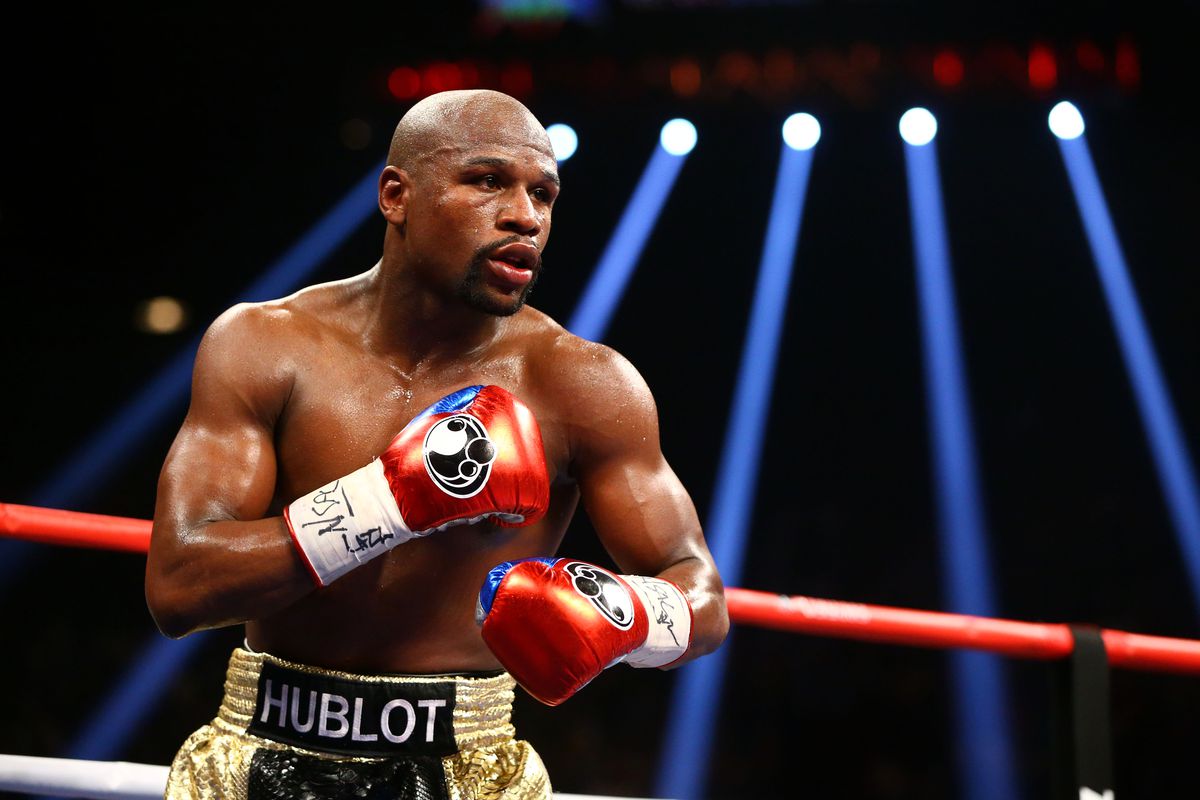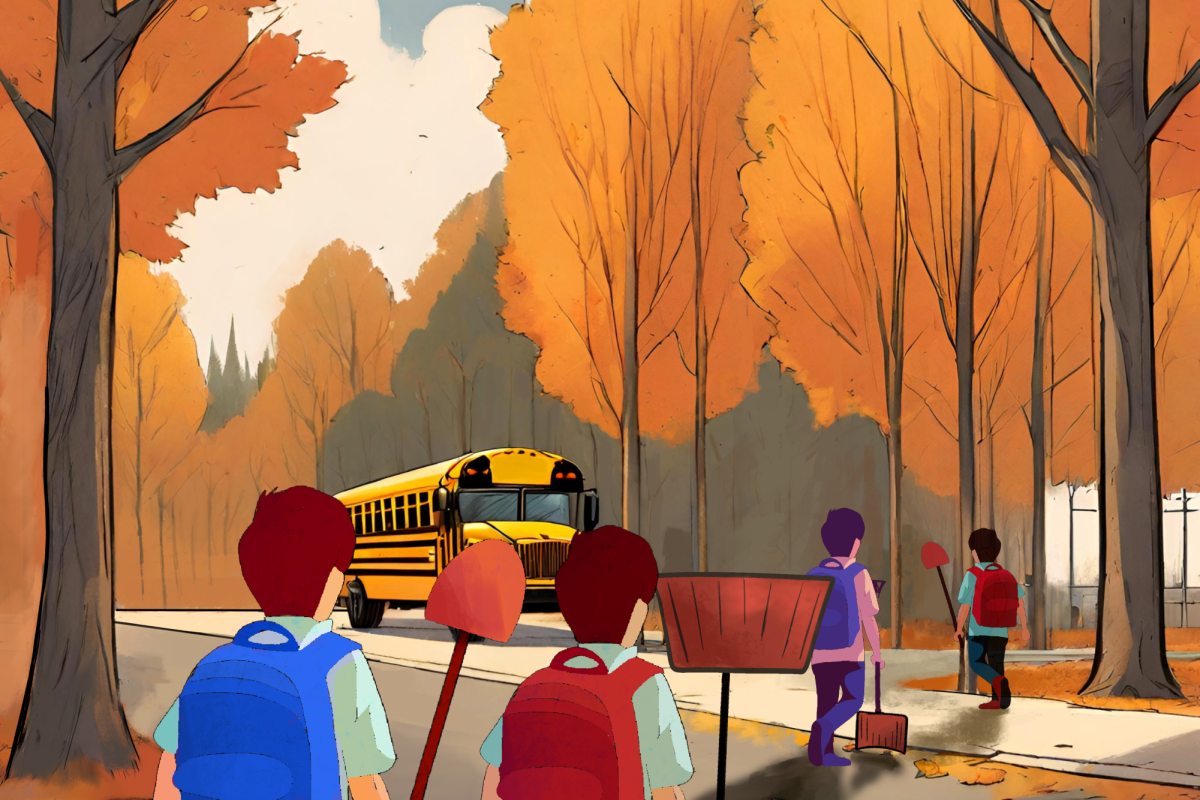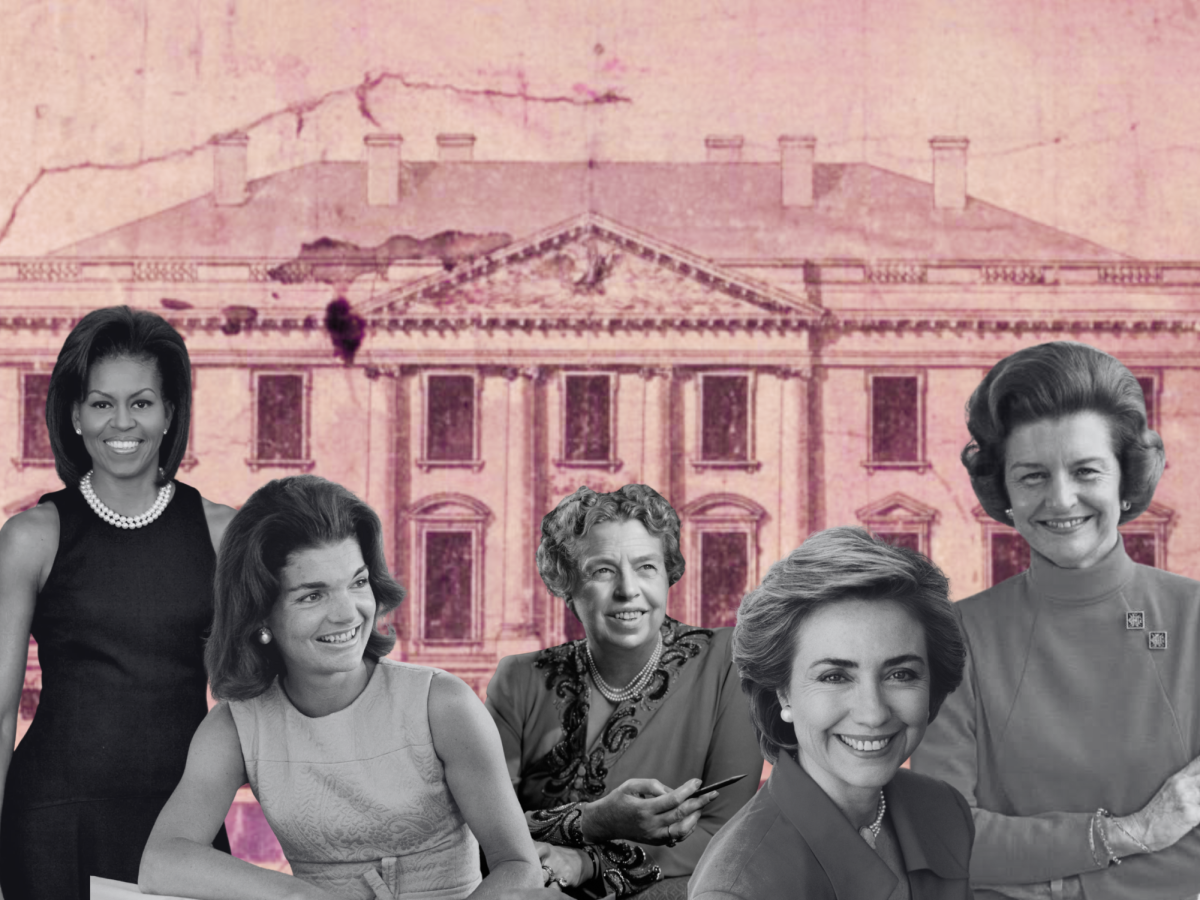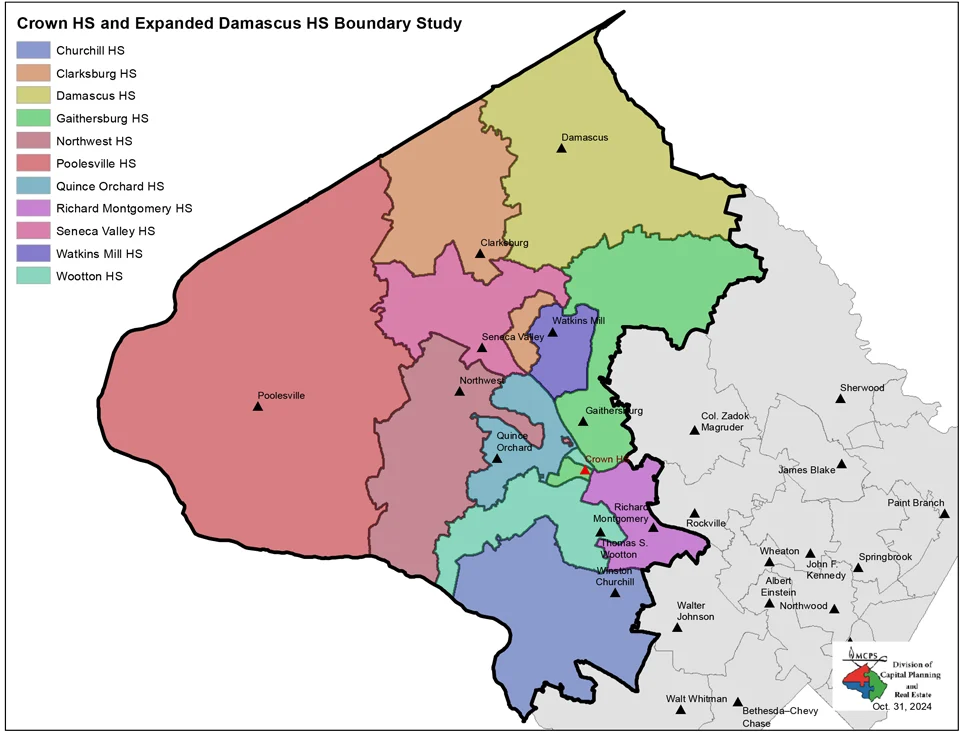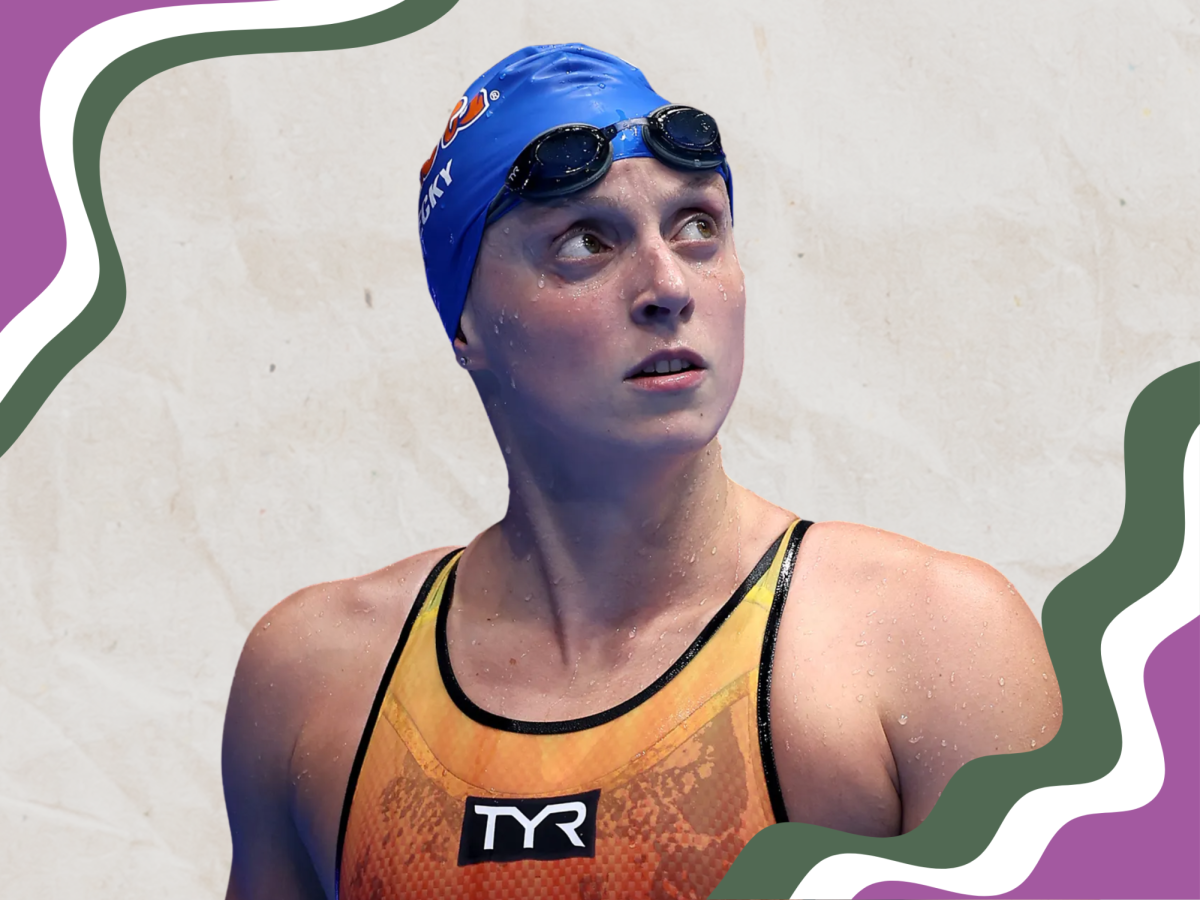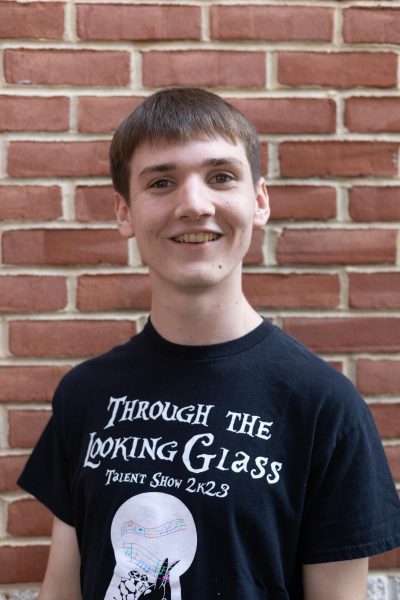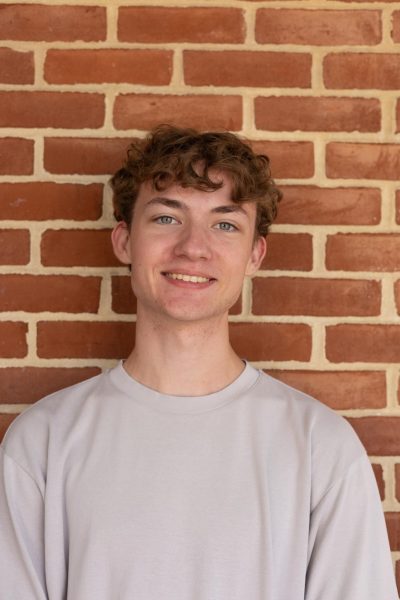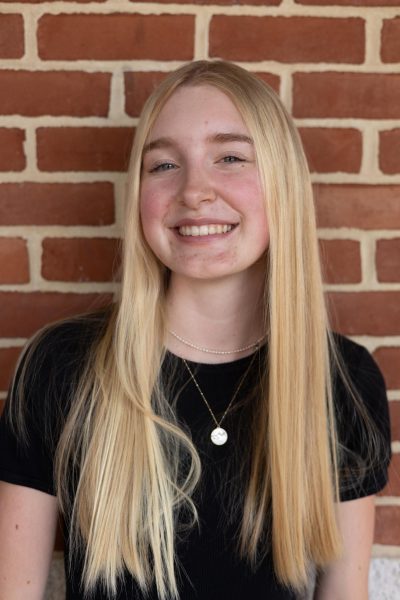After 2023’s unprecedented run of smash-hit blockbusters, 2024 proved to be a slightly more mellow year in film as the industry worked to start back up again in the aftermath of the Writers and Actors Guild strikes. In the meantime, independent productions like “Civil War,” “Longlegs” and “Trap” stepped in to pick up the slack left by major studios, proving the vitality of indie films to today’s cinematic landscape.
Hollywood producers are as uncertain as ever about audiences’ desires. While updated entries to long-standing classics like “Beetlejuice Beetlejuice,” “Inside Out 2” and “Wicked” dominated this year’s domestic box office, other high-profile, mega-budget films like “Megalopolis” and “Joker: Folie a Deux” struggled to connect with audiences. Movies filled to the brim with passion, craft and artistry nevertheless continued to find their way into viewers’ hearts this year. Here are The Black & White’s top 10 films from 2024.
“Anora”
Director Sean Baker masterfully captures the transactional nature of relationships in his 2024 film “Anora.” Anora, or Ani, is a young Russian-speaking prostitute from Brighton Beach. Her life takes a turn when Vanya, the dissolute and immature son of a dictator, employs her services. Anora is suddenly propelled into a world of partying and riches, and her relationship with Vanya appears purely sexual — until the two marry in Las Vegas a week after meeting.
Throughout the film, Baker takes audiences on an emotional rollercoaster: Anora, believing she will leave her old life behind, quits her job and becomes Vanya’s devoted wife. However, their marriage is far from ideal, and word of their faulty vows reaches Russia. Unprepared for his father’s reaction, Vanya flees and disappears for days, leaving Anora to confront the consequences of their relationship alone. “Anora” reveals the ugly truth behind last-minute decisions and how wealth gaps can influence relationships.
The film’s unapologetic storytelling and complex characters create a gripping narrative that deeply reflects modern-day class relations.
“Challengers”
Many viewers wrote off Challengers as a clichéd, surface-level movie depicting a love triangle between tennis players. However, with powerhouse Director Luca Guadagnino at the helm, the movie unravels into a trip through time that shows how pressure, misfortunes, and friendships can make or break an individual. The film comprises a series of flashbacks leading up to a single event: a Challenger tournament in New Rochelle, New York, where bitter rivals Art (Mike Faist) and Patrick (Josh O’Connell) face off in the final match.
The movie’s cinematography takes the viewer on a sweeping journey from Art and Patrick’s friendship as teenagers to their adult lives. The catalyst to their fallout is the introduction of Tashi Duncan (Zendaya), who serves as the metaphorical tennis ball between Art and Patrick, turning their friendship sour while simultaneously empowering them whenever she’s on their side of the court. Zendaya perfectly executes the role of Tashi— whose one true love is tennis— as a nuanced character who forces her competitiveness onto Art after she injures herself beyond recovery. With all three characters steeped in regrets, wishing they could go back in time and change just one thing that could’ve saved them from their future, “Challengers” teaches its audience to live with no regrets.
“Dìdi”
No movie captures the feeling of summer nostalgia quite like Sean Wang’s directorial debut, “Dìdi”. The film follows Taiwanese-American teen Chris Wang, nicknamed Dìdi — meaning “younger brother” in Mandarin — and his coming-of-age before high school. Set in late 2000s California, Wang’s film explores one consequence of the dawn of the Internet: a feeling of inadequacy that riddles the young Asian-American’s identity.
Izaac Wang’s performance as Chris perfectly encapsulates a teenager’s pivotal transition into adulthood. In addition to the camcorder shots scattered throughout the film, Wang’s characterizing blank stares bridge the gap between childhood innocence and the weight of self-discovery. The character not only exemplifies the reality of growing up to face the consequences of one’s actions but also informs the audience of the true pain behind alienation.
The film’s dependence on 2000s nostalgia and incredibly dramatic shots builds to a climax that teaches the valuable lesson of embracing one’s identity. In all, Didi reinforces to audiences that large performances or CGI are unnecessary in defining impactful storytelling and creating genuine emotional resonance.
“Dune: Part 2”
It is rare for a film to achieve such a widely acknowledged “classic status” as quickly as “Dune: Part Two” did. The “Dune” sequel is a 167-minute odyssey centered on the fictional planet Arrakis, whose intense immersion made it feel more like a documentary than a piece of fiction. Director Denis Villeneuve made bold choices throughout the film, most notably in the climactic fight scene where he muted Hans Zimmer’s iconic score. The fight’s silence placed the viewer among the crowd, who could only watch as their “messiah” faced death. An earlier fight scene was shot entirely with an infrared camera in black and white, producing one of the decade’s most stunning sequences.
While Villeneuve’s first “Dune” mainly kept to the Atraides family’s walls, “Dune: Part Two” extended to the furthest reaches of the planet. The sense of scale was grand, and the cinematography used to capture it was even better. The film’s star-filled cast also contributed to its overwhelming merit. Timothée Chalamet played the power-hungry and confident Paul Atraides perfectly, and Zendaya dominated with her now-lead character, Chani, becoming a symbol of hope for the planet’s population. Frank Herbert’s “Dune” books are known collectively as one of the greatest sci-fi series of all time, and Villeneuve created a film finally worthy of that title.
“Deadpool & Wolverine”
In light of recent failed superhero films and Disney’s acquisition of Fox, many Marvel fans worried the “Deadpool” films would not maintain their “R” rating. However, “Deadpool and Wolverine” brings back two fan-favorite characters in their true, often obscene, glory, taking full advantage of the aforementioned R rating.
From the plethora of superhero cameos to superb fight scenes, this movie doesn’t take itself too seriously, precisely what Deadpool audiences want. Hugh Jackman returns in full swing as the iconic Wolverine, this time in a comic-accurate bright yellow suit and cowl. He gives a stellar performance, balancing out Reynolds’ signature humor with more dramatic monologues. The film is an excellent blend of fan service and original storytelling, making this a shoo-in for the title of the movie of the summer.
“Furiosa: A Mad Max Saga”
In Hollywood’s post-apocalyptic wasteland of sequels, prequels, reboots, and remakes, director George Miller’s “Furiosa: A Mad Max Saga” stands triumphant above the rest. Charting the rise of the savage Imperator Furiosa, the film veers off-road into territory only hinted at in 2015’s “Mad Max: Fury Road,” finally exploring the elaborate backstories that Miller and co-writer Nico Lathouris crafted over 20 years ago. Furiosa, now played by Anya Taylor-Joy, begins her journey after the megalomaniac tyrant Dementus (Chris Hemsworth) and his horde of loyal followers snatch her from the idyllic “Green Place.” As the film continues, moving across the desolate wasteland from one explosive, extended action sequence to the next, Furiosa is forced to radically transform into the hardened, cut-throat avenger we meet at the start of “Fury Road.”
While it may sound like a standard origin story, the film is a bloodthirstily deceptive beast of a creation myth. Miller frames Furiosa’s story as an ever-evolving fable, passed down through the ages from one person to the next. He creates striking and heightened visual language to support that central conceit. The film’s heavy use of CGI enhances the dynamic camera moves and beautifully hyper-stylized images, reinforcing the film’s signature style without losing an ounce of the oil-fueled grit so integral to the series’ core.
“I Saw the TV Glow”
“I Saw the TV Glow” captures feelings of hopelessness and distress, transforming them into a poignant film about confronting one’s true identity. The movie’s main character, Owen (Justice Smith), befriends social outcast Maddy (Brigette Lundy-Paine), who introduces him to the horror show “The Pink Opaque.” When Maddy escapes their dreary hometown, she ultimately has to leave Owen behind to confront his inner turmoil.
While the movie lacks dialogue, Owen and Maddy understand each other in a way no one else can, and actors Smith and Lundy-Paine do a fantastic job of conveying their friendship through body language and eye contact. Director Jane Shoenbrun weaves together the film’s narratives and its’ embedded show so the events in the show mirror the characters’ real lives. As Owen becomes an adult and raises a family in his hometown, the cinematography becomes increasingly static and grey until he finds his true colors at the movie’s climax. To emphasize this personal growth, Schoenbrun utilizes unique and dynamic lighting.
“I Saw the TV Glow” showcases the dangers of suppressing one’s authentic self. It reminds audiences that there is always enough time for self-discovery and the leap from inauthenticity to realism.
“Perfect Days”
Despite being released throughout most of the world in 2023, Wim Wenders’ “Perfect Days” didn’t make its way to the U.S. until 2024 and was too perfect not to earn a spot on our list. The film immerses its audience in the daily life of middle-aged toilet cleaner Hirayama (Koji Yakusho), following his daily journey across Tokyo as he tidies up one striking and unconventionally designed public bathroom after the other. There’s no action, intrigue, or surprising twists to be found here, and there are hardly any prolonged dialogue scenes. Hirayama goes about his day almost in complete silence, only trading a spare number of words with the occasional acquaintance or co-worker. But Koji Yakusho’s quietly masterful lead performance effortlessly communicates the depth of Hirayama’s character.
“Perfect Days” is a meditation on the healing routine of everyday life and the joy and satisfaction that can come from a seemingly mundane and disappointing existence. It’s a film that’s straight to the point until it’s not, suddenly unraveling into a heartbreaking story about addiction. The film’s final moments are both deeply tragic and ultimately life-affirming, daring the audience to find somehow the strength to start each day anew, even in the face of utter despair. Regardless of the result, the sounds, emotions and atmosphere of Hirayama’s world will continue to resonate with viewers for countless days to come.
“We Live in Time”
“We Live in Time” perfectly walks the line between a rom-com and a tragedy. The film focuses on three main points in Almut’s (Florence Pugh) and Tobias’ (Andrew Garfield) relationship, from its inception to their pregnancy and life with a child to Almut’s second bout with cancer. The non-linear storytelling allows the plot to shine as the audience connects different points in the characters’ lives. The flashbacks give Tobias and Almut’s experiences more depth, submerging the audience in a true cinematic journey.
Pugh and Garfield’s superb acting largely contributed to this movie’s success. The pair’s chemistry was believable and honest, making the audience feel every emotion and glance they shared. Both are incredibly talented and well-known actors, but their fame is lost in the groundedness of their characters, a testament to their acting skills. Furthermore, the script perfectly captures the ups and downs of life, alternating between humorous moments and dramatic fights, emphasizing the importance of perseverance and family. Audiences will laugh and cry throughout the movie, wonderfully encapsulating the beauty and tragedy of life and love.
“The Wild Robot”
Animation has gone through a significant evolution in recent years. Beginning with stylized comic book animation of “Into The Spider-Verse” with pieces like “The Last Wish” and “Arcane” following suit. In 2024, “The Wild Robot” joined the conversation as an important stepping stone for animation. Dreamworks’ stylized paintbrush animation gave life to Peter Brown’s 2016 novel of the same name. Animators used the medium to craft one of the year’s most visually impressive films, complementing the already-engaging narrative. The film begins as the protagonist, a robot named Roz, gets stranded on an island and must adapt to survive. The following sequence used exaggerated imagery and ambient noises — or the lack thereof — to convey Roz’s tragedy.
Her story includes mature themes of isolation and regret while also touching on motifs of love and family. Such universal concepts allowed audiences from vastly different walks of life to connect with “The Wild Robot.” The film also provides an abundance of emotional moments, with Roz’s maternal responsibilities guiding the bulk of the plot. The dynamic between Roz and her child — a young gosling — cultivated a flourishing exhibit of motherhood and sacrifices. The film’s naturalistic alignment allowed the audience to interpret and connect its events with their own lives, making “The Wild Robot” all the more impactful.





